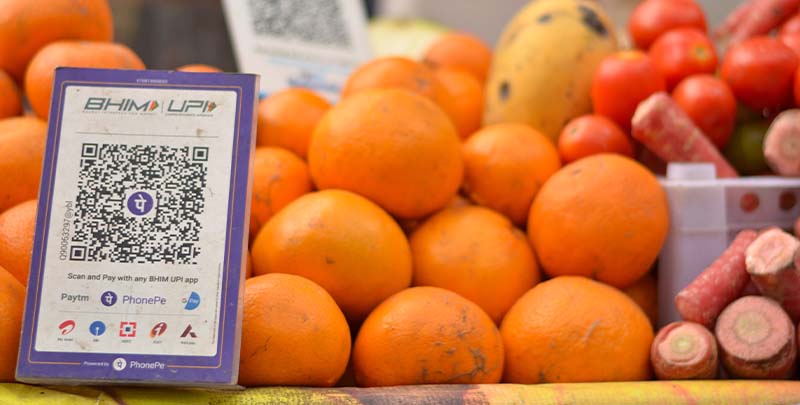UPI or Unified Payments Interface has indeed changed India’s digital landscape by revolutionising how financial transactions are done. One of the key reasons for its popularity and wide-scale adoption is the zero-transaction fee. However, an interchange fee is applicable on certain UPI transactions. In this article, we will explore in detail about the UPI charges.
How do UPI payments work?
Launched by NPCI, UPI allows users to transfer funds between bank accounts instantly using a smartphone. The process is straightforward once you've registered with a UPI-enabled app like BHIM, Google Pay, PhonePe and even Axis Bank’s Mobile Banking app, open. You can send or receive money using just a virtual payment address (VPA), mobile number, or even a QR code.
What is a UPI transaction limit?
The NPCI sets specific UPI transaction limits, which can vary between banks. The standard per transaction limit is ₹1 lakh, extending to ₹5 lakh for educational and healthcare payments. Daily limits generally range from ₹25,000 to ₹1 lakh, with a cap of around 20 transactions a day.
Are UPI transactions chargeable?
UPI has become popular largely due to its zero-cost feature for users. Traditionally, peer-to-peer UPI transactions have been free, and despite recent policy updates, there are still no charges for transferring money between bank accounts, even if the banks differ.
This means that for most everyday transactions, such as paying friends or making small purchases, you won’t face any UPI payment charges.
What are PPIs?
Prepaid Payment Instruments (PPIs) are payment methods that allow you to make digital transactions without directly using your bank account. These include e-wallets, prepaid cards, and mobile wallets.
PPIs are often used in conjunction with UPI for added convenience, allowing you to store money in a digital wallet and use it for various transactions. A few examples of wallets are the PhonePe wallet, Amazon Pay etc.
What is an interchange fee?
When you make a payment using a digital wallet that is linked to UPI, the service provider might charge an interchange fee. This fee typically ranges between 0.5% to 1.1% of the transaction amount, depending on the type of transaction and the service provider.
Do customers have to pay the interchange fee?
The interchange fee is primarily applicable to merchants and businesses rather than individual customers. When you make a purchase using a PPI linked to UPI, the merchant may have to pay a fee to the payment service provider. This fee is not directly passed on to customers in most cases.
How to initiate UPI transactions?
- Download and install a UPI-enabled app.
- Register and link your bank account using your mobile number and create a VPA.
- Authenticate your account by setting a UPI PIN with your Debit Card details and OTP.
- To send money, select the UPI payment option, enter the recipient's VPA or mobile number, input the amount, and authenticate with your UPI PIN.
- To receive payments, share your VPA or generate a QR code for the sender to scan.
Also Read: The power of UPI: Simplifying payments
Conclusion
UPI transactions remain a cost-effective and convenient way to handle digital payments, with no charges for direct bank-to-bank transactions. However, transactions involving PPIs might involve certain fees, typically borne by merchants rather than customers.
To make your digital payments even smoother, Axis Bank’s Mobile Banking app, open, offers a secure, user-friendly platform for UPI payments, instant money transfers, mobile recharges and DTH recharges, ensuring a hassle-free experience.
Disclaimer: This article is for information purpose only. The views expressed in this article are personal and do not necessarily constitute the views of Axis Bank Ltd. and its employees. Axis Bank Ltd. and/or the author shall not be responsible for any direct / indirect loss or liability incurred by the reader for taking any financial decisions based on the contents and information. Please consult your financial advisor before making any financial decision.







